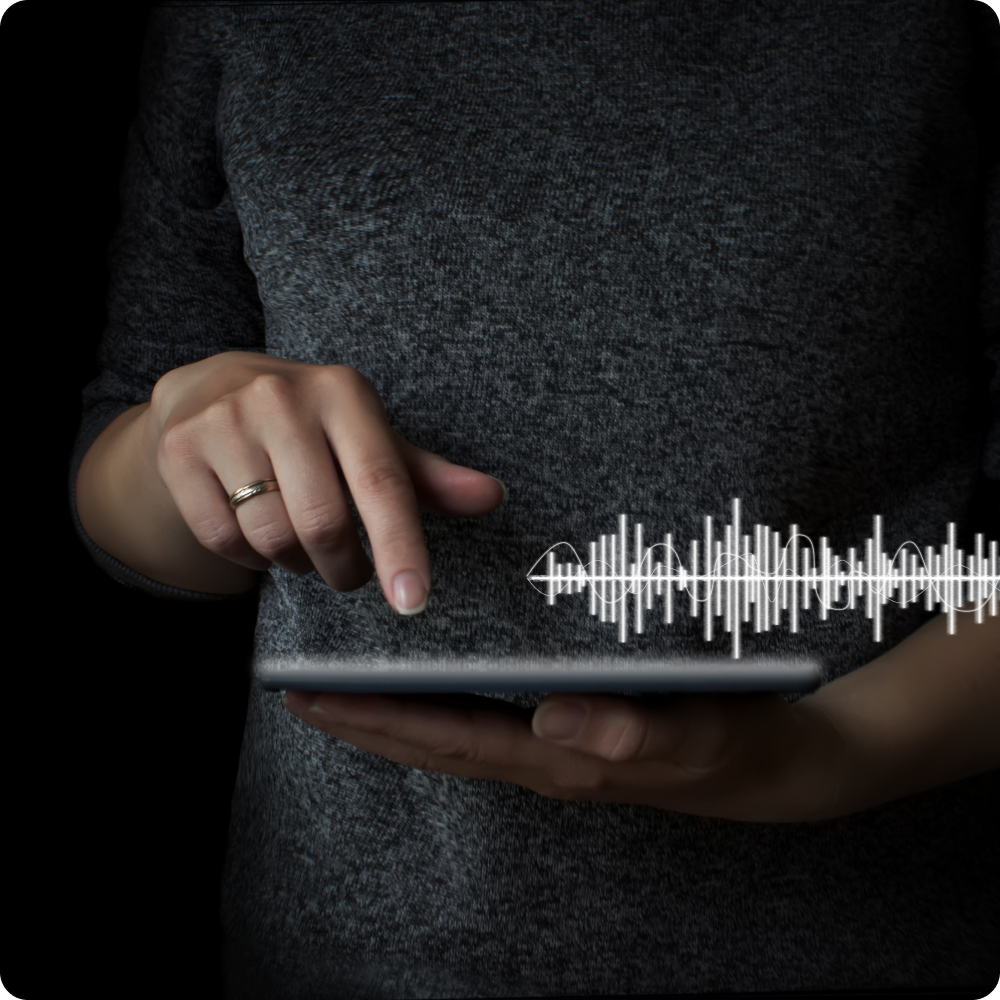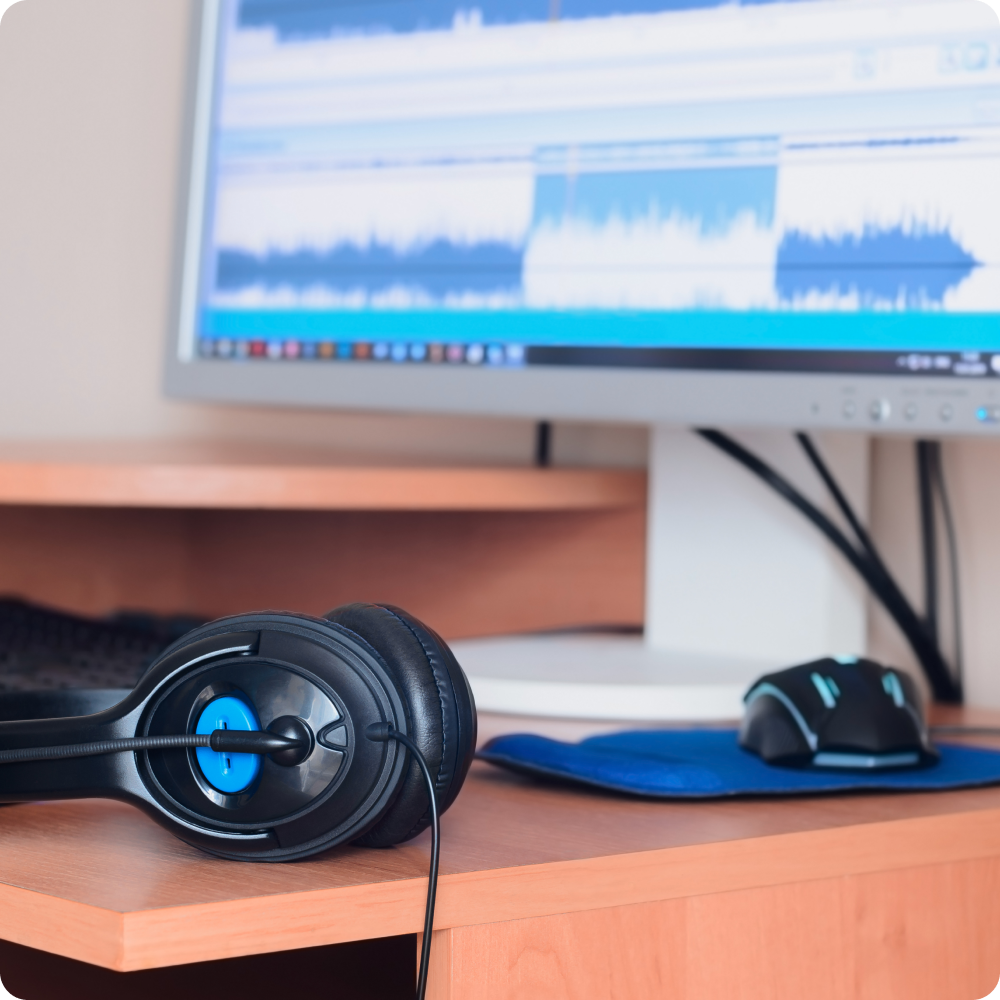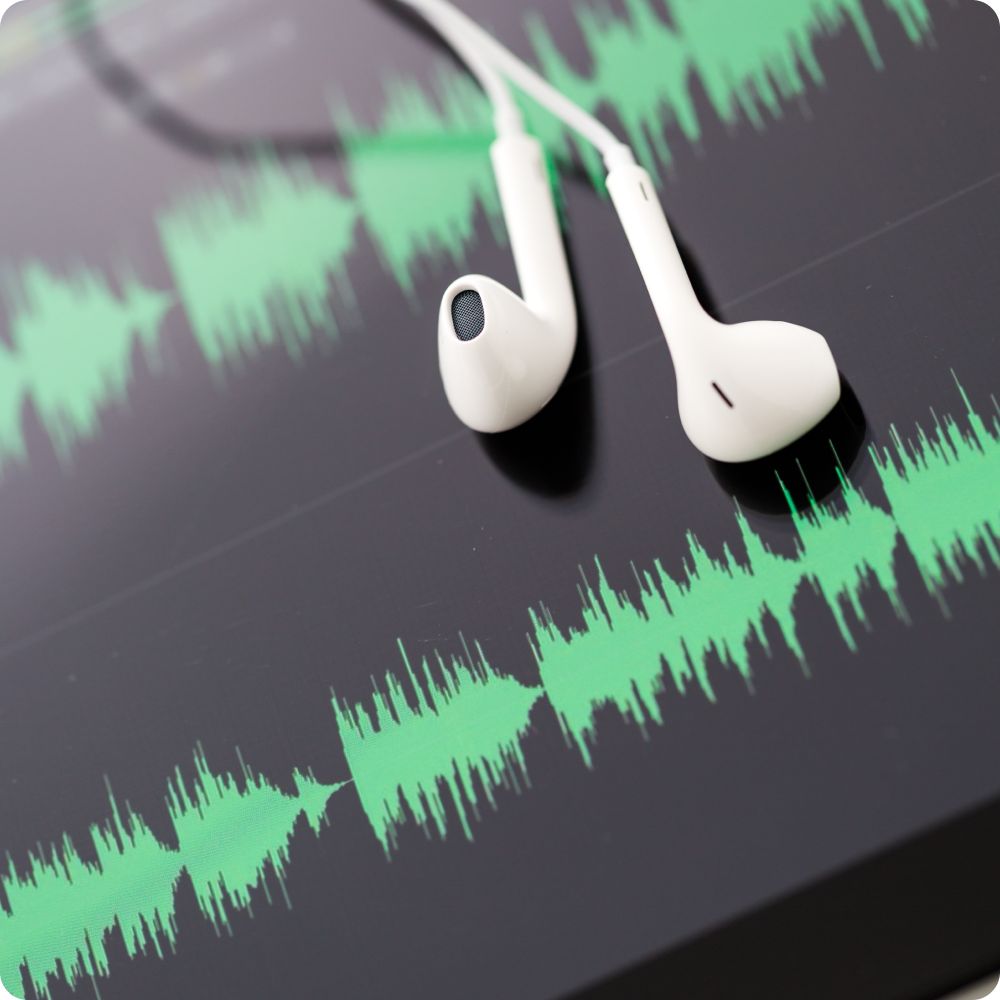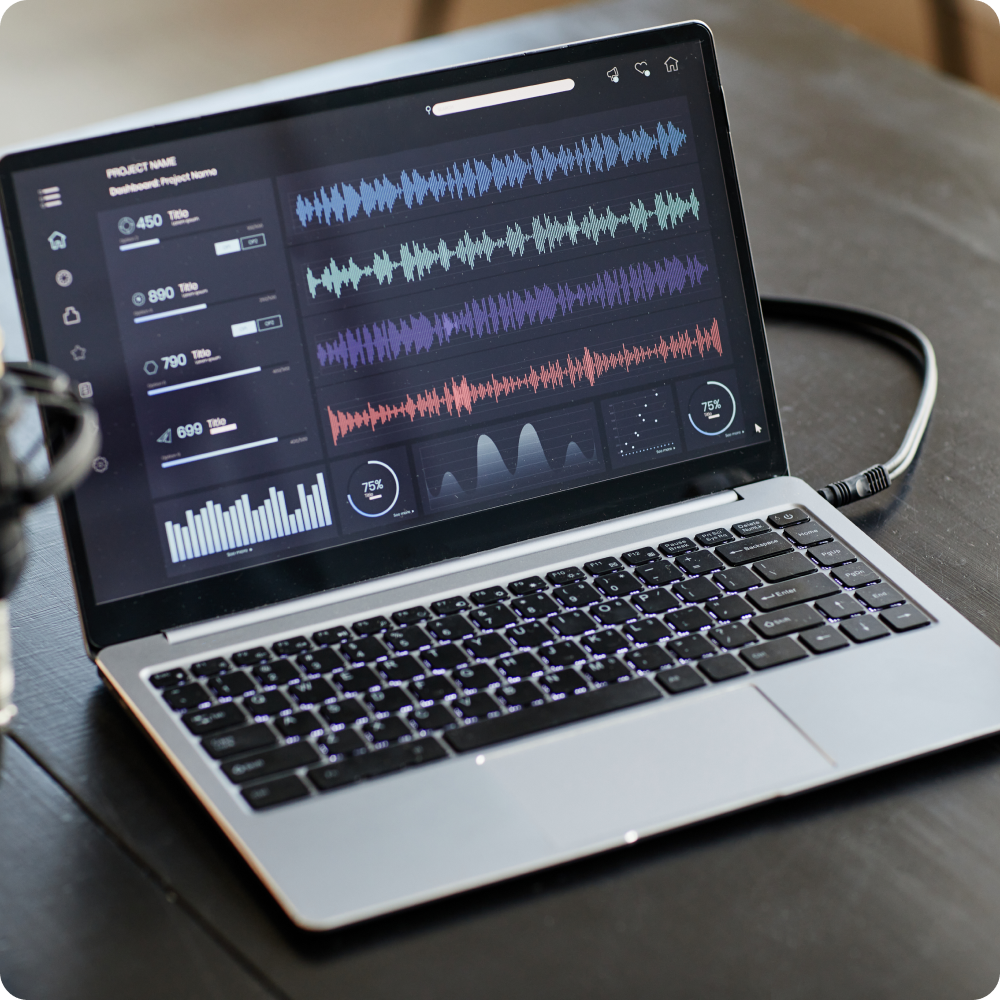AUDIO LABELING SERVICES




What is Audio Labeling?
Types of Audio Labeling Services
How we Deliver Audio Labeling Projects
At TrainingData, we follow a systematic approach to deliver Audio Labeling Projects with precision, accuracy, and efficiency. Our process comprises several key stages, each meticulously designed to ensure high-quality annotations and client satisfaction.
Audio Labeling Use Cases
Speech Recognition and Transcription
Companies use audio labeling data to train speech recognition systems to accurately transcribe spoken words and sentences into text format. This enables applications such as voice-controlled assistants, automated transcription services, and dictation software to convert spoken language into written text for various industries, including healthcare, legal, and education.
Speaker Identification and Verification
Financial institutions and security agencies utilize labeled data to develop speaker identification systems for verifying the identity of individuals based on their voice characteristics. This enables applications such as telephone banking, voice authentication systems, and forensic audio analysis for fraud detection, access control, and criminal investigation purposes.
Emotion Detection and Sentiment Analysis
Marketing firms and customer service providers order this service to analyze customer interactions and detect emotions expressed in spoken language. This enables applications such as sentiment analysis in call centers, voice-based customer feedback analysis, and emotion-aware virtual assistants to improve customer satisfaction and personalize user experiences.
Acoustic Event Detection and Environmental Monitoring
Environmental agencies and smart city initiatives use labeling data to monitor and analyze acoustic events in urban environments, such as traffic noise, wildlife sounds, and construction activities. This enables applications such as noise pollution monitoring, urban planning, and wildlife conservation to enhance public health, safety, and environmental sustainability.
Language Learning and Education
Language learning platforms and educational institutions utilize audio labeling data to develop interactive language learning tools and pronunciation assessment systems. This enables learners to practice speaking and listening skills, receive feedback on pronunciation accuracy, and improve language proficiency in foreign languages for academic and professional purposes.
Customer Support and Call Analytics
Call centers and customer support departments use labeled data to analyze customer conversations and extract valuable insights for quality assurance and performance evaluation. This enables applications such as call sentiment analysis, agent performance monitoring, and customer satisfaction tracking to optimize service delivery and enhance operational efficiency.
Voice Search and Voice Commerce
E-commerce platforms and mobile applications use this data to power voice search and voice commerce functionalities, enabling users to search for products, place orders, and make transactions using voice commands. This enhances user convenience, accessibility, and engagement in online shopping experiences, driving sales and revenue growth for businesses.
Medical Dictation and Clinical Documentation
Healthcare providers and medical transcription services use labeled data to transcribe medical dictations and clinical documentation accurately. This enables applications such as electronic health record (EHR) systems, medical billing software, and telemedicine platforms to streamline clinical workflows, improve documentation accuracy, and enhance patient care quality.
Public Safety and Law Enforcement
Law enforcement agencies and emergency response teams leverage audio labeling data to analyze emergency calls, police radio transmissions, and surveillance recordings for incident detection and response coordination. This enables applications such as crime detection, emergency dispatching, and evidence collection to enhance public safety and security in communities.
Stages of work
-
Application
/01Leave a request on the website for a free consultation with an expert. Th e acco unt manager will guide you on the services, timelines, and price -
Free pilot
/02We will conduct a test pilot project for you and provide a golden set, based on which we will determine the final technical requirements and approve project metrics -
Agreement
/03We prepare a contract and all necessary documentation upon the request of your accountants and lawyers -
Workflow customization
/04We form a pool of suitable tools and assign an experienced manager who will be in touch with you regarding all project details -
Quality control
/05Data uploads for verification are done iteratively, allowing your team to review and approve collected/annotated data -
Post-payment
/06You pay for the work after receiving the data in agreed quality and quantity
Timeline
-
24 hoursApplication
-
24 hoursConsultation
-
1 to 3 daysPilot
-
1 to 5 daysConducting a pilot
-
1 day to several yearsCarrying out work on the project
-
1 to 5 daysQuality control
in the established quality and quantity
Why
Training Data
- Quality Assurance:
-
Enhanced Data Accuracy
-
Consistency in Labels
-
Reliable Ground Truth
-
Mitigation of Annotation Biases
-
Cost and Time Efficiency
- Data Security and Confidentiality:
-
GDPR Compliance
-
Non-disclosure agreement
-
Data Encryption
-
Multiple data storage options
-
Access Controls and Authentication
- Expert Team:
-
6 years in industry
-
35 top project managers
-
40+ languages
-
100+ countries
-
250k+ assessors
- Flexible and Scalable Solutions:
-
24/7 availability of customer service
-
100% post payment
-
$550 minimum check
-
Variable Workload
-
Customized Solutions





